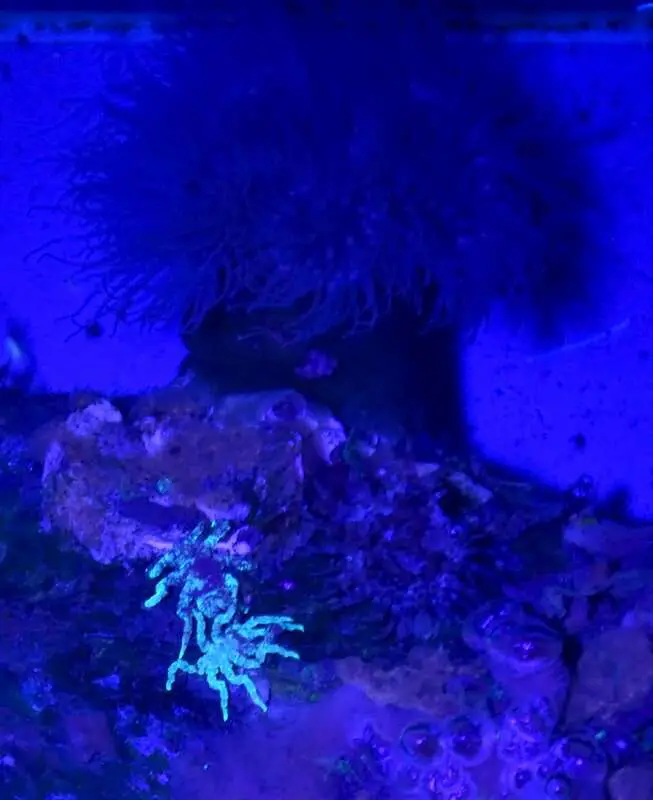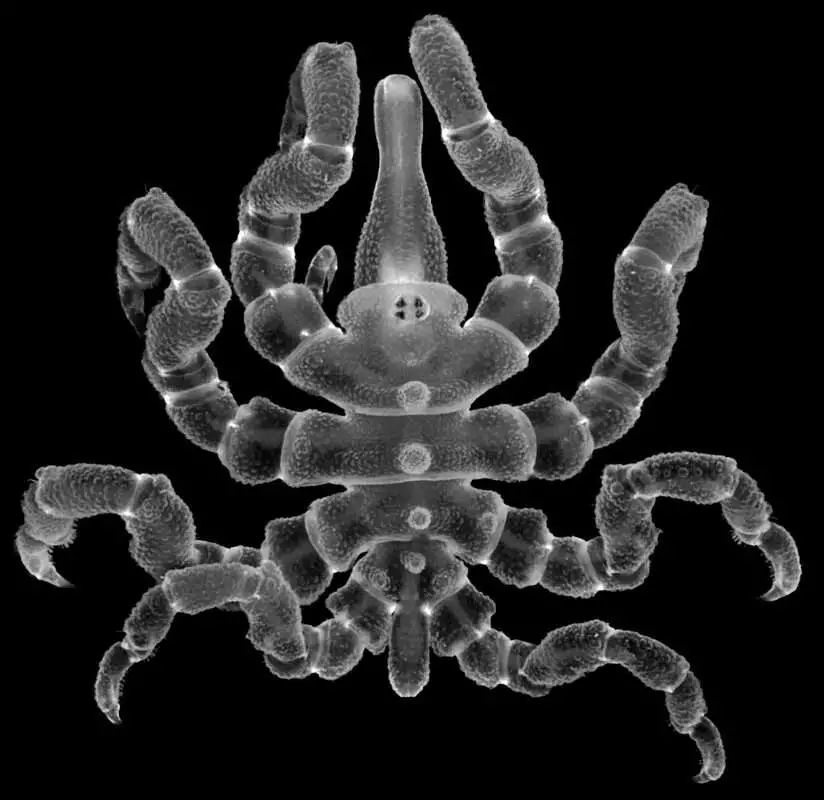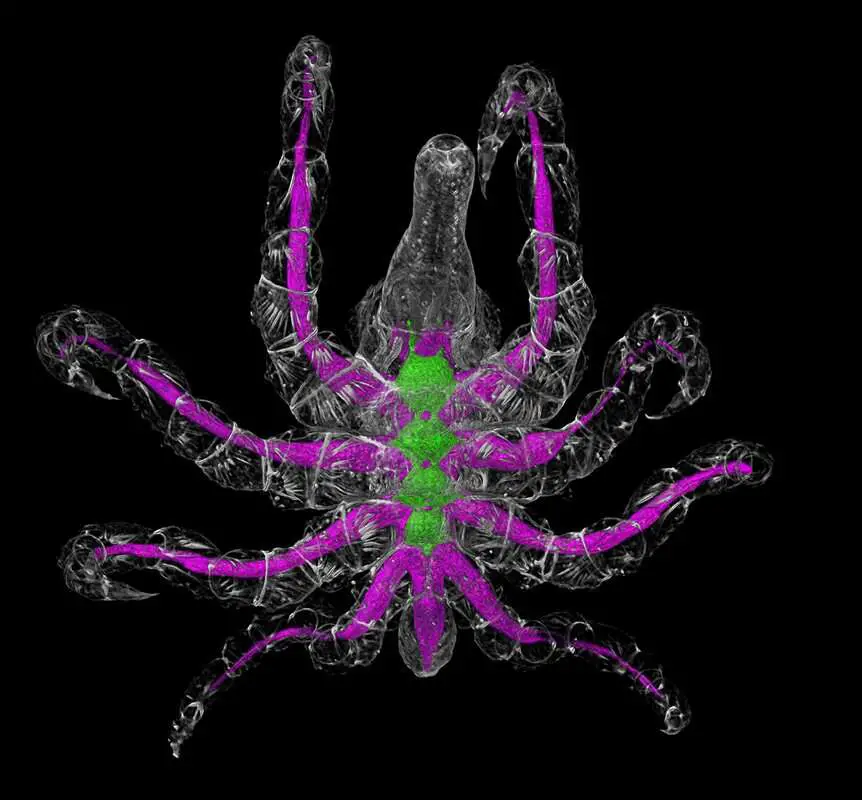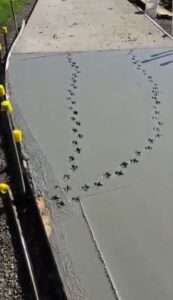Amputated sea spiders can regrow large parts of their bodies including their rear ends and reproductive organs, a new study has shown.

Biologists discovered that the species of sea spiders identified as Pycnogonum litorale can even recreate their entire backsides including muscles and the hindgut.
The marine arthropod is reportedly native to the northern Atlantic Ocean, the North Sea, the English Channel and the western Mediterranean Sea.
Led by experts from Austria’s University of Vienna and the Universities of Greifswald and Berlin, in Germany, the research was inspired by a lab accident.
One of the team observed a young sea spider regrow a leg after it was accidentally cut off in a procedure.
So for the study, the scientists set out to discover how much or its body the marine creature could grow back.
The team – led by evolutionary biologist Georg Brenneis – spent months analysing the spider’s regenerative abilities.

They documented the different developmental stages of 23 sea spiders which had their legs and rear body parts removed.
Using fluorescence microscopy and X-ray micro-computed tomography, the experts mapped the creatures’ external and internal development and reconstructed them in 3D.
But when the results came, the biologists were astonished by the sea spider’s high survival rate.
Almost all non-mature individuals – says the study – managed to regenerate the missing body parts at the rear end of their body.
Brenneis said in a statement obtained by Newsflash: “This not only affected the new formation of limbs.
“In addition, almost complete rear trunk segments with muscles and midgut tubes, the rearmost appendage with rectum and anus, as well as missing elements of the sex organs were formed again.”
Sea spiders’ ability to regrow could come from a very old evolutionary lineage of arthropods, the authors explained.
The University of Vienna said: “This regenerative capacity may have also contributed to the success of their impressive evolutionary diversification.
“Further investigations of the regenerative abilities of other arthropods and their more closely related molting animals using modern methods could support this hypothesis.”

The study was published in the peer reviewed journal Proceedings of the National Academy of Sciences (PNAS) on Monday, 23rd January 2023.



